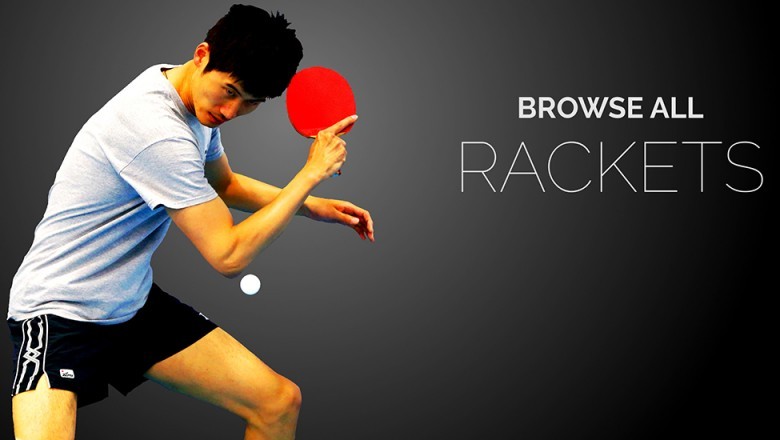views

The recent explosion of interest in many games has included table tennis in a significant way. You'll find more tables in homes, recreation centers, and even offices than ever before. If you've been playing casually, thinking about buying some ping pong accessories, and ready to learn more, read on. For nearly everyone, a racket is their first purchase. Players become attached to their rackets for many reasons, so buy one carefully, not impulsively. Once you have your paddle and are ready to go, it's time to learn more and develop your skills as a player. Grip, footwork, and stance are three essential skills.
As you're working on your table tennis playing skills, the grip is the best one to focus on initially. Most people play with a shake hands grip in North America and Europe. In Asia, the penhold is very popular. It derives its name from a similarity to how a pen is held, with the racket grip between thumb and forefinger. Shake-hands is a more relaxed way to play and is winning over some Asian players. It's interesting to experiment with both as you're learning to play and see which one feels best to you. The penhold gives you an advantage for more wrist action and increasing the spin on your shots.
If you've read or heard anything about playing table tennis well, you're likely aware of the recommended low and wide stance. It's an excellent playing technique because it puts you at the height of the table and the ball that's in play. For nearly everyone, standing up at regular height is too far above the table. Because the low and wide stance isn't natural, it's something you need to practice so you'll have the endurance to do it for substantial amounts of time. Coaches and trainers recommend your feet be about one-and-a-half shoulder widths apart. The objective is to work on keeping your center of gravity low.
Footwork is the third skill to work on, and it generally comes right after grip and stance. Coaches put players through training drills for footwork because isolating it is the best way to develop a better form. Many of the optimal footwork moves are small and subtle, but they improve a player's ability to win, so they are crucial to learn. The drills and isolating them are the only way to make progress. Balance and coordination also factor in, and they are part of what the exercises can isolate. Only after you begin playing with better footwork skills will it become clear how they can improve your game.












